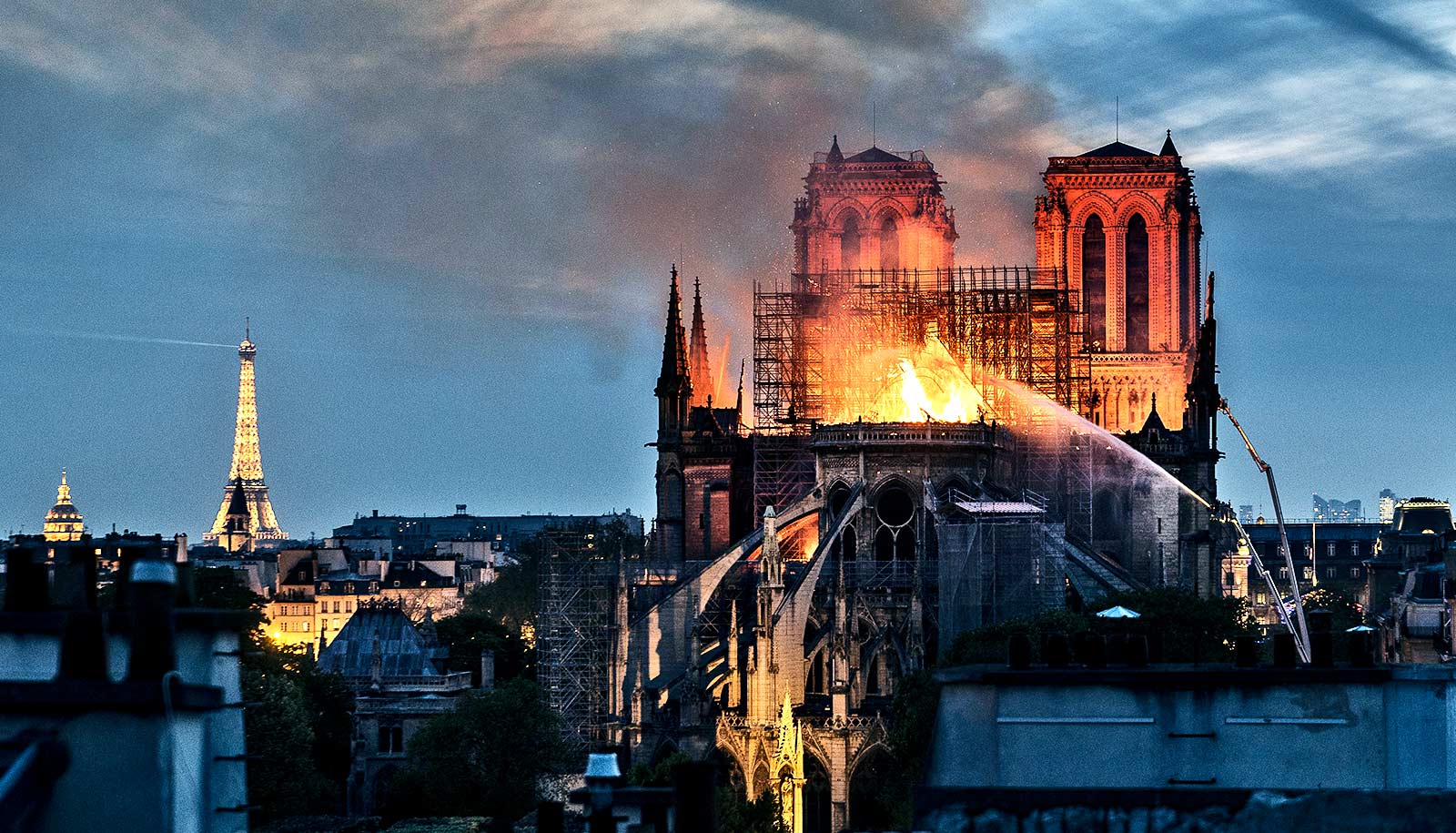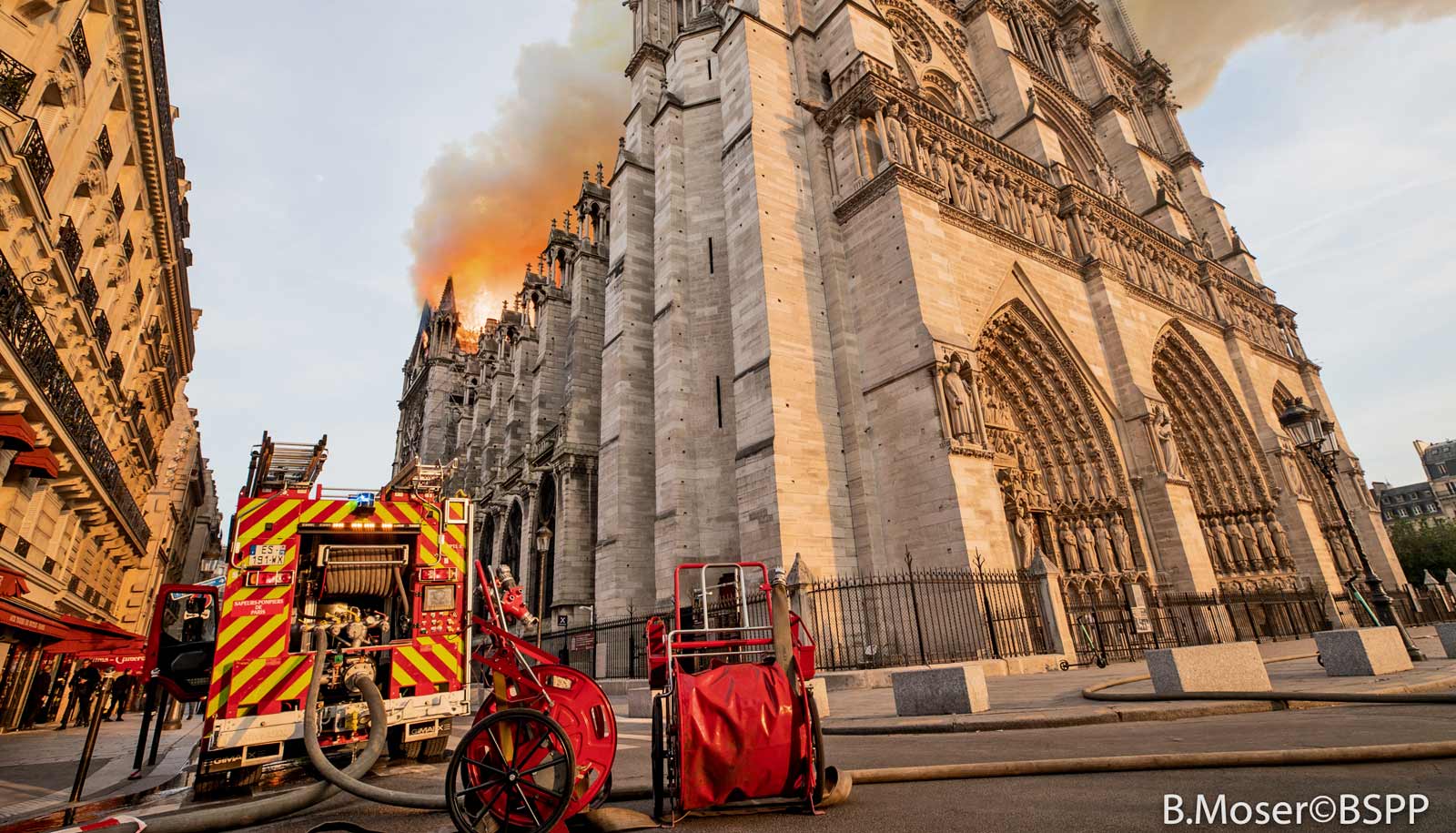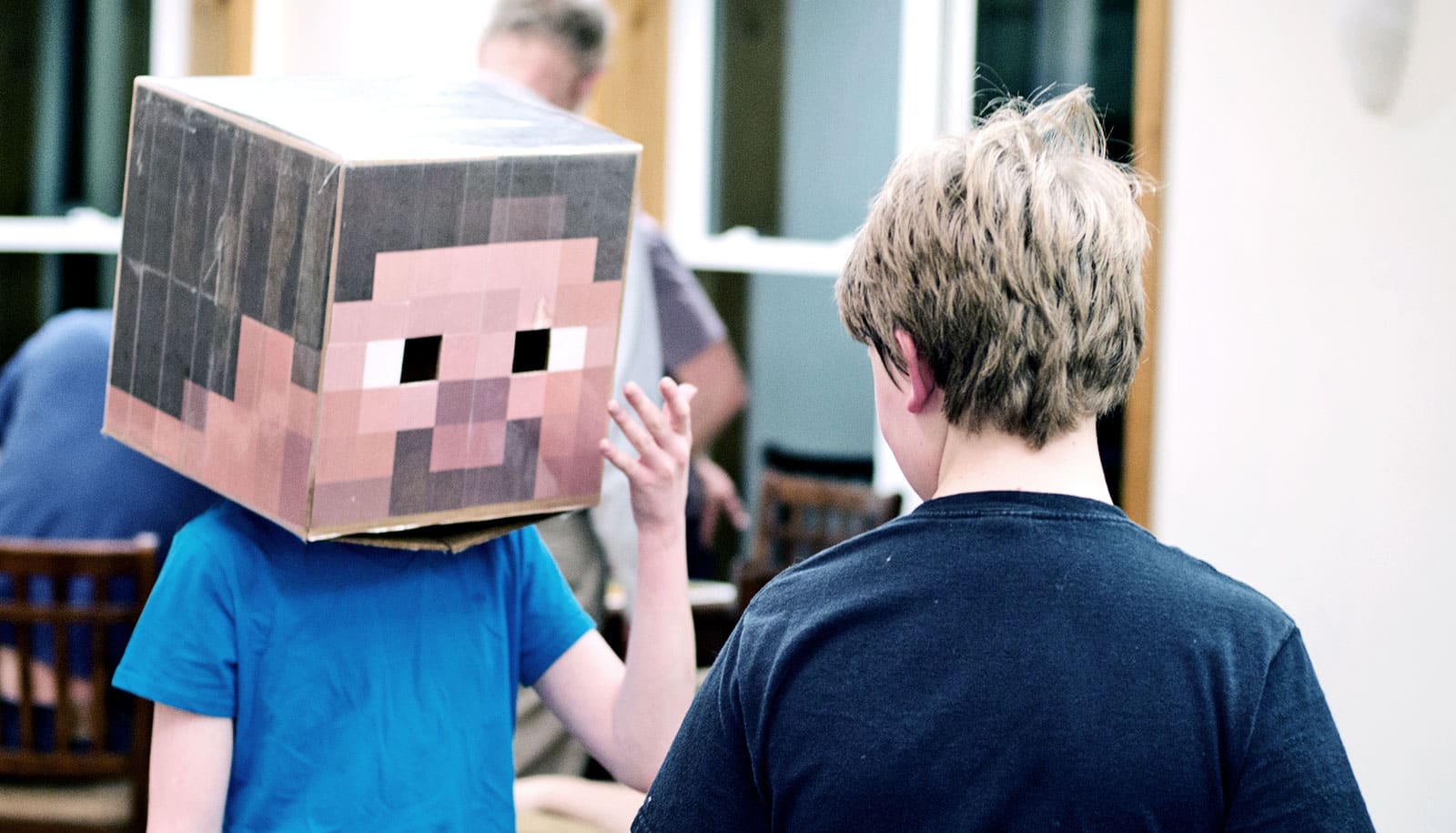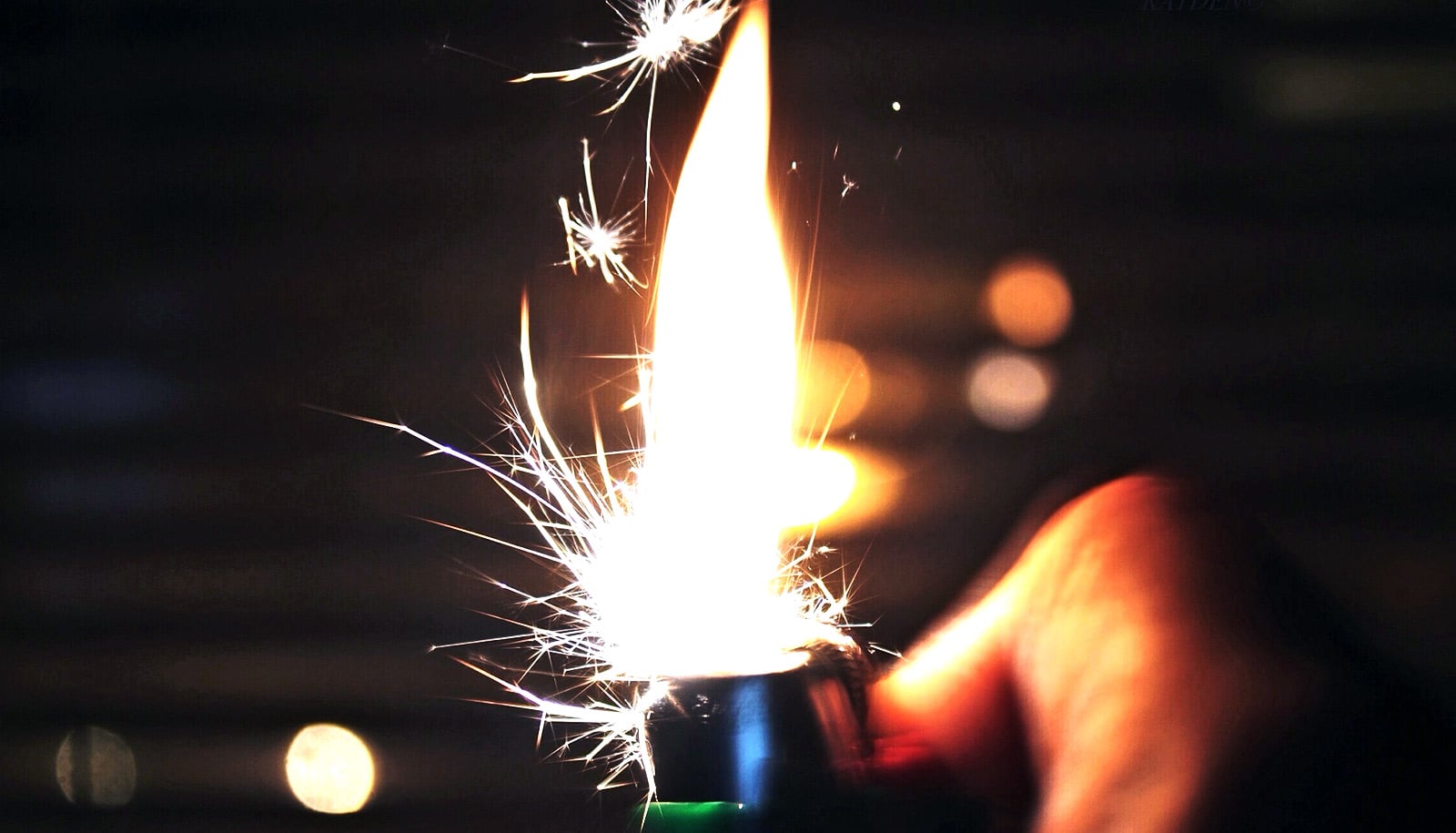Last week’s fire at Notre Dame and plans to rebuild could reshape the cathedral’s cultural significance, says historian Edward Berenson.
The damage to the church, which dates back to the 12th century, strikes at the core of French identity, says Berenson, who spent a few months in France in the 1970s before pursuing his PhD in French history back in the US. He is now a professor of history at New York University who also serves on the faculty of its Institute of French Studies.
Aside from the building’s significance for the Catholic Church, Berenson adds, the cathedral has also been the site of official French ceremonies marking everything from the marriage of King Francis II and Mary Queen of Scots to the country’s liberation from the Nazis in World War II.
“Notre Dame plus the Sorbonne established Paris as one of the great centers of Catholic learning and Catholic theology,” says Berenson, a senior fellow at the National September 11 Memorial and Museum. “But later on, it got associated with a budding France. So that established the history of Notre Dame as representing France as a kingdom, a nation, a place that symbolized your homeland.”
French President Emmanuel Macron has vowed to rebuild the cathedral within five years, and donors already have directed more than a billion dollars toward that effort.
As the country turns its attention to the process, Berenson, who has written books about the French Republic, the French empire, and one of its most famous gifts to the United States—the Statue of Liberty— reflects on the cathedral’s meaning, in France and around the world.
What French values does the cathedral embody?
It depends on whether you want to take a historical view or a contemporary view. Like all great monuments, the meaning changes over time. It is obviously a great Catholic shrine, but it transcends Catholicism. You can appreciate great art of the Middle Ages and cathedrals of the Middle Ages whatever your religion, and even if you have no religion. There’s a way that Notre Dame is both religious and secular at the same time.
France is built in part on the idea of secularism, so why is a religious building one of the country’s most iconic monuments?
There’s an interesting ambiguity. Laïcité, which is loosely translated as secularism, means it’s fine to practice whatever religion you want, but you need to do it in private. Well, in reality the culture of Catholicism still permeates France. Relatively few Catholics attend church regularly, but the memory and symbols of Catholicism are everywhere. When you want to celebrate something incredibly important, where do you do it? You do it at Notre Dame. Some of the sacredness of religion has rubbed off onto the nation.
Outside of France, what does an event like this signify?
Most countries have some kind of shrine or monument or something that symbolizes the country. We have the Statue of Liberty. For people who are not French, Catholics and non-Catholics alike, it’s the tragedy of the damage to this great cathedral, but it’s also the miracle of its being able to survive.
What about for people who aren’t religious?
If we were to learn that lightning struck the Great Wall of China and breached a giant hole in it, we would feel sad about that, as people everywhere did when ISIS destroyed all those unique archaeological artifacts in Syria. Or, during the Iraq War, when so many antiquities were looted from the museums and destroyed. That’s a tragedy.
Anything that involves the destruction of the great cultural products of world civilization—that’s got to be one of the saddest things that can happen. Obviously, it’s worse when you have a massive loss of life. That’s the worst thing. But when you have the destruction of the greatest aspects of our culture—no matter what culture—that’s a terrible thing. There are certain things that have such an importance in the world that lots and lots of people from all over the place feel an attachment to them.
Is there a symbolically comparable structure in the United States?
If the Statue of Liberty were destroyed or even significantly damaged, that would be comparable; it has world historical influence. There are replicas of the Statue of Liberty in 40 countries around the world. In Tiananmen Square, when students rebelled against the Chinese government, they built a replica of the Statue of Liberty to symbolize their aspiration for democracy.
Macron has vowed to rebuild the cathedral. Can history be rebuilt?
It wouldn’t make a lot of sense to try to reproduce the 12th- or 13th-century technology. During the massive restoration of the Statue of Liberty in the 1980s, engineers replaced the rusted out wrought iron skeleton with new, stronger metals resistant to rust. And the torch, rusted out as well, was rebuilt from scratch, because nobody knew what the original looked like. They had to imagine a new torch. The great restoration of Notre Dame in the mid-19th century reimagined key features of the great medieval cathedral.
For the restoration to come, my guess is that the exterior of Notre Dame will look to most people the same as before the fire. But plenty of things will change. I think replacing the massive oak beams that support the roof is unlikely to happen. You don’t see them from the outside; so, they’ll use modern, fire-resistant supports. And, undoubtedly, they’ll protect against fires in other ways, with sprinkler systems, fire doors, and the like. The French are very good at restoration. They’re going to figure out how to do this in a way that isn’t going to be very noticeable.
Transformation has always been a part of the cathedral’s story: Louis XIV redid the interior, the church was ransacked during the French Revolution, and a massive restoration took place in the late 19th century after Notre Dame de Paris (The Hunchback of Notre Dame) was published. Do you think surviving this fire will become part of its story?
That’s going to be one of the new meanings—the survival, the resilience. And it may even shade over and onto France itself. France is a country that has faced unbelievable trials and tribulations, and it rebounds from them. Rebellions that are similar to the yellow vest protests have been going on forever, and French people manage to learn something from them and to continue on.
Notre Dame survived; it’s going to be rebuilt and restored and could even be more splendid than it was before, and that’s something that could give some hope to French people who may be feeling a certain amount of despair about their country.
Source: New York University



